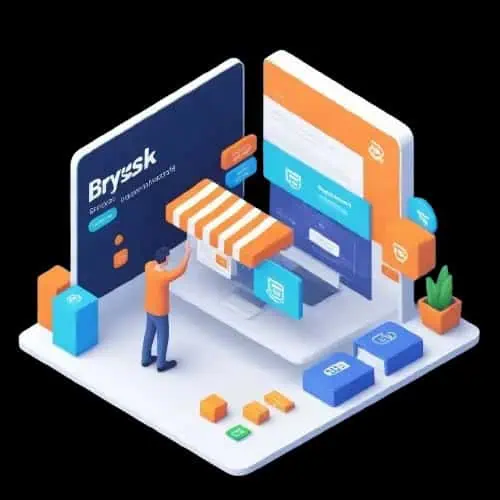The shopping industry is going through a significant change because technology is changing so quickly. Modern technologies are changing how customers interact with and expect from businesses and making them more efficient.
Artificial intelligence and augmented reality are two new technologies changing how shops work. This article will look more closely at the tools that are changing how stores work today.
Artificial Intelligence (AI) And Machine Learning
Machine learning and AI are the most innovative ideas in shopping right now. Because of these technological advances, stores can better understand what customers want, predict future trends, and make tracking of their stock easier.
Artificial intelligence (AI) systems look at customer data to give them more personalized shopping experiences. AI could learn what people like and then suggest products that are more likely to make them happy and keep them coming back. AI is used by big box stores and online marketplaces to offer products to customers based on their preferences and past purchases.
Machine learning can predict how much of a product will be needed. This helps keep popular things in stock all the time and cuts down on waste and overstock. This improvement cuts costs and ensures customers can quickly find what they need.
Augmented Reality (AR) And Virtual Reality (VR)
With virtual and augmented reality, shopping online and outdoors is becoming a smooth experience. People can use these tools to see how things work and better understand them.
Sephora and IKEA are two clothing stores that use augmented reality. Both of them offer virtual try-on choices. People don’t have to try on furniture or makeup in person; instead, they can see virtual versions of how it will look in their homes. People who shop online feel safer, so there are fewer returns.
Augmented reality could completely change the shopping experience by adding interactive displays and virtual help. Some clothing stores have AR-powered screens so customers can virtually try on different clothes. This saves customers time and makes things easier.
Internet Of Things (IoT)
The Internet of Things links many devices and systems, making stores better and more efficient.
Internet of Things (IoT) intelligent shelves can monitor stock levels, automatically place new orders, or let workers know when supplies run low. This ensures that shops always have what they need, making customers happier. Sensors that track how customers move can help store plans be better suited to foot traffic.
Internet of Things (IoT) gadgets can monitor things like security and energy use in real-time. With this information, we can make better informed choices that will increase our productivity and reduce our costs.
Additionally, you can automate your checkout by utilizing a self-checkout solution, which is already accelerating productivity, enhances profitability, and pleases customers.
Blockchain
Blockchain technology is making retail processes more transparent and secure in a number of domains, including managing the supply chain.
With blockchain technology, stores can track where goods come from and where they are sold, ensuring that they are accurate and honest. The ethical considerations and origins of products are drawing the attention of individuals more and more. This is especially helpful in the fashion and food industries.
Robotics And Automation
Robotics and automation are being used to cut worker costs, make businesses more efficient, and make things easier for customers.
When robots do tasks like sorting, packing, and sending, they change how warehouses work. This not only makes mistakes less likely to happen, but it also speeds up the process.
Store robots can answer questions, lead customers, and even handle purchases. Many businesses, like Lowe’s and SoftBank’s Pepper robot, already use these ideas to improve customer service.
Data Analytics
Data analytics gives stores new information that helps them make better business decisions and do better.
Data research can help you learn more about people’s shopping habits and tastes. This information is essential for improving marketing plans and getting people more involved.
With data analytics, you can monitor sales, find patterns, and make choices based on facts. Retailers can improve the products they sell and the prices they charge by doing in-depth data studies.
Conclusion
Because they use cutting-edge technology, stores are becoming more efficient, customer-focused, and creative. The way people shop is changing because of things like the Internet of Things (IoT) and artificial intelligence (AI).
To remain competitive and satisfy evolving consumer demands, retailers must adopt new technologies as soon as they become available. Technology is constantly improving, pushing the retail business toward a future where digital and physical interactions are seamless.

